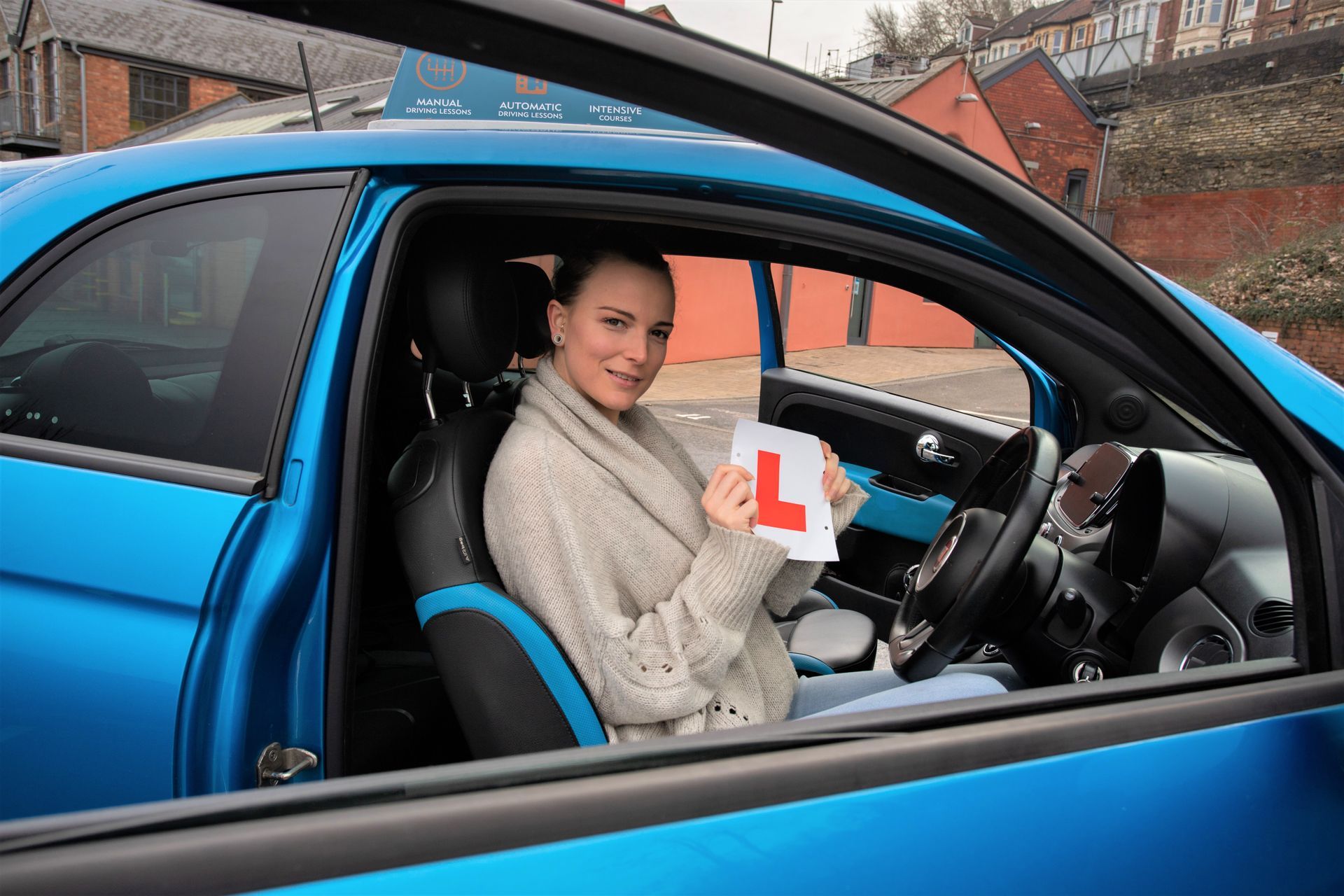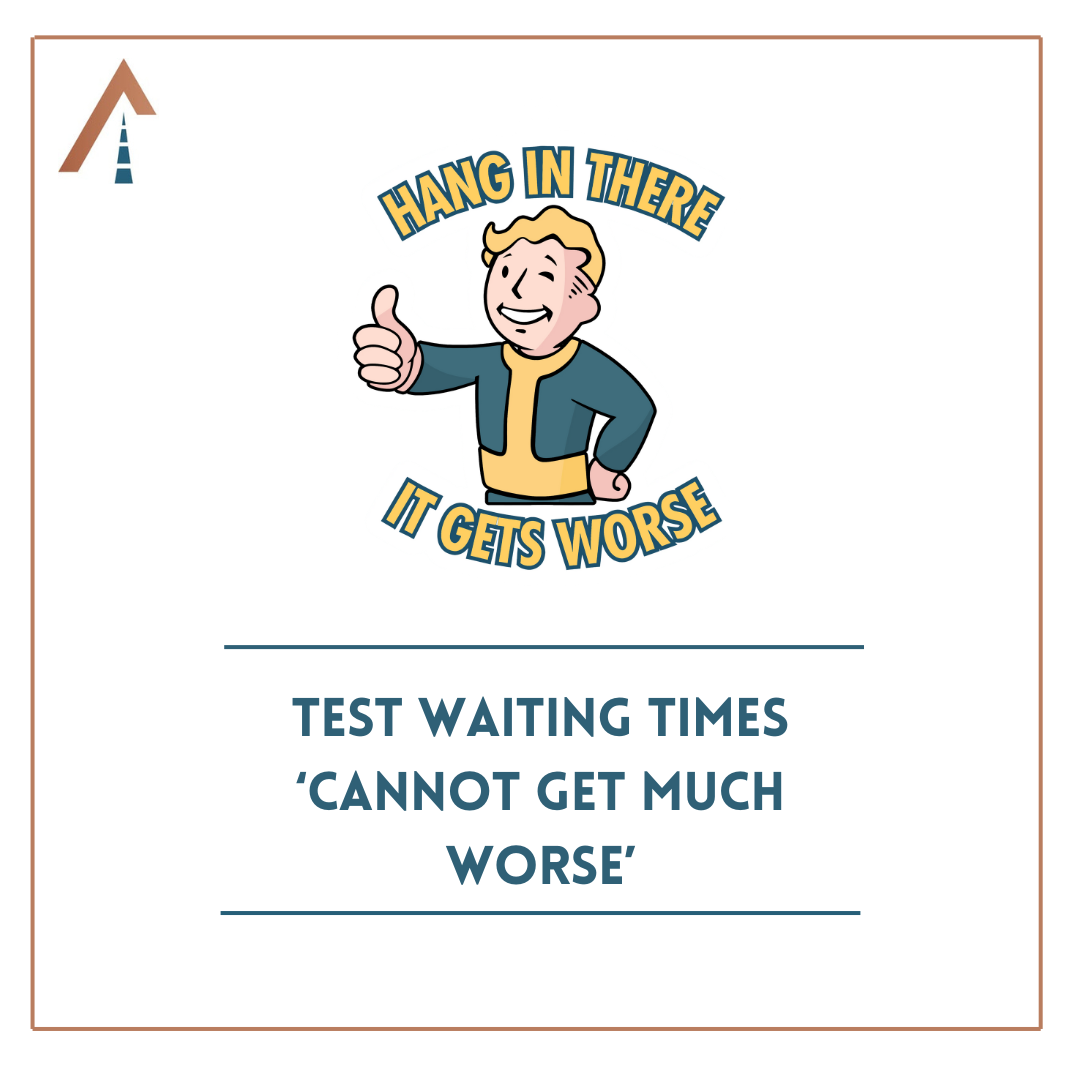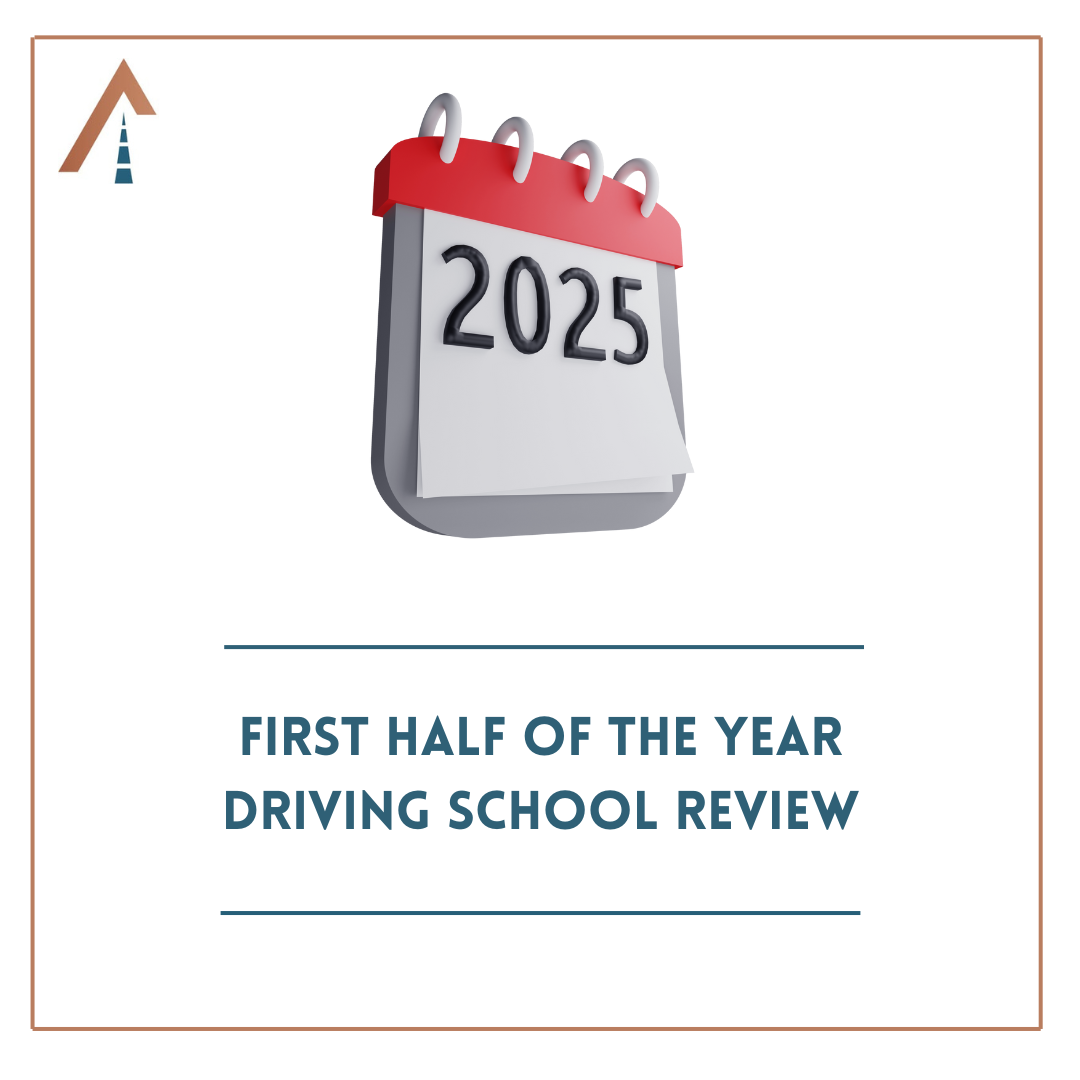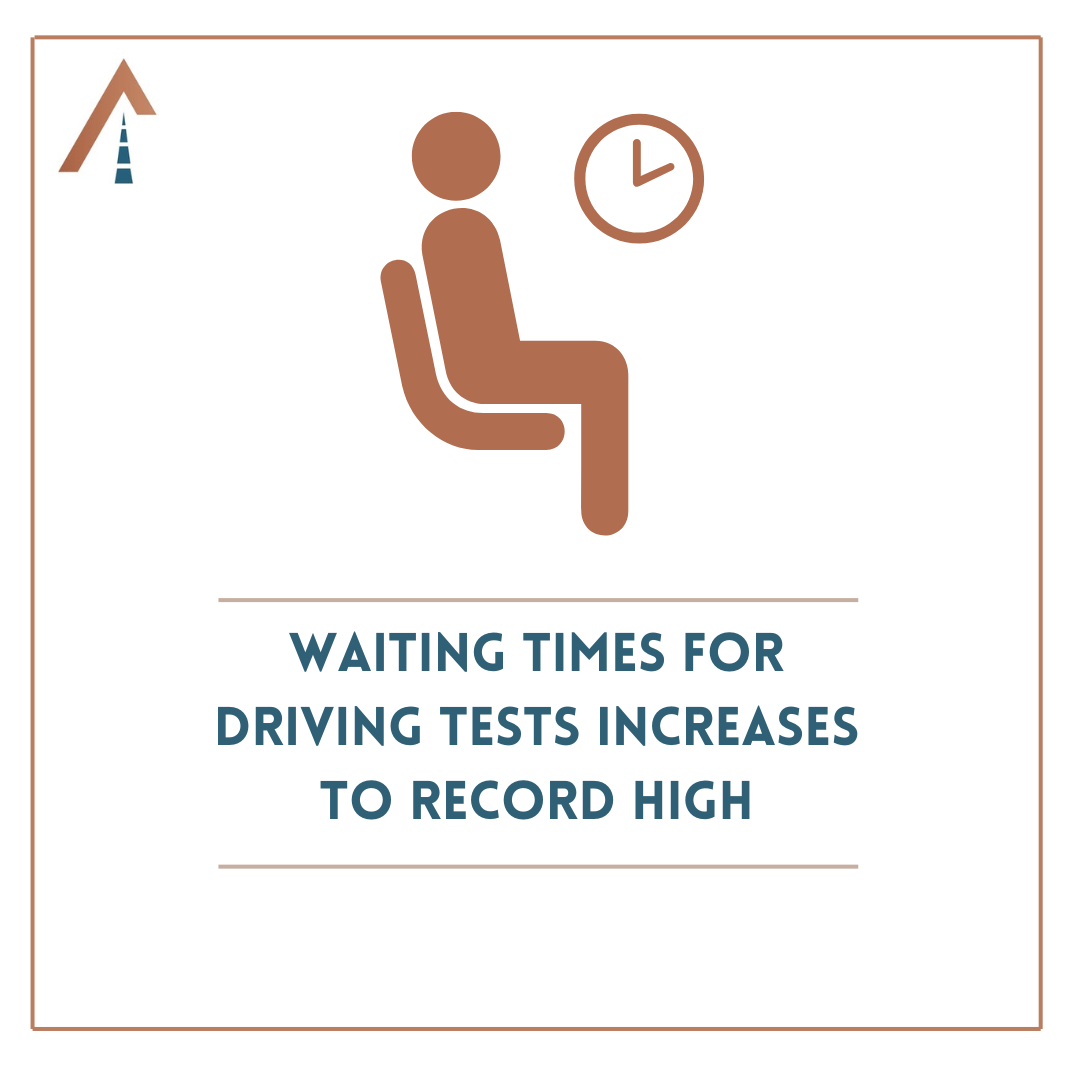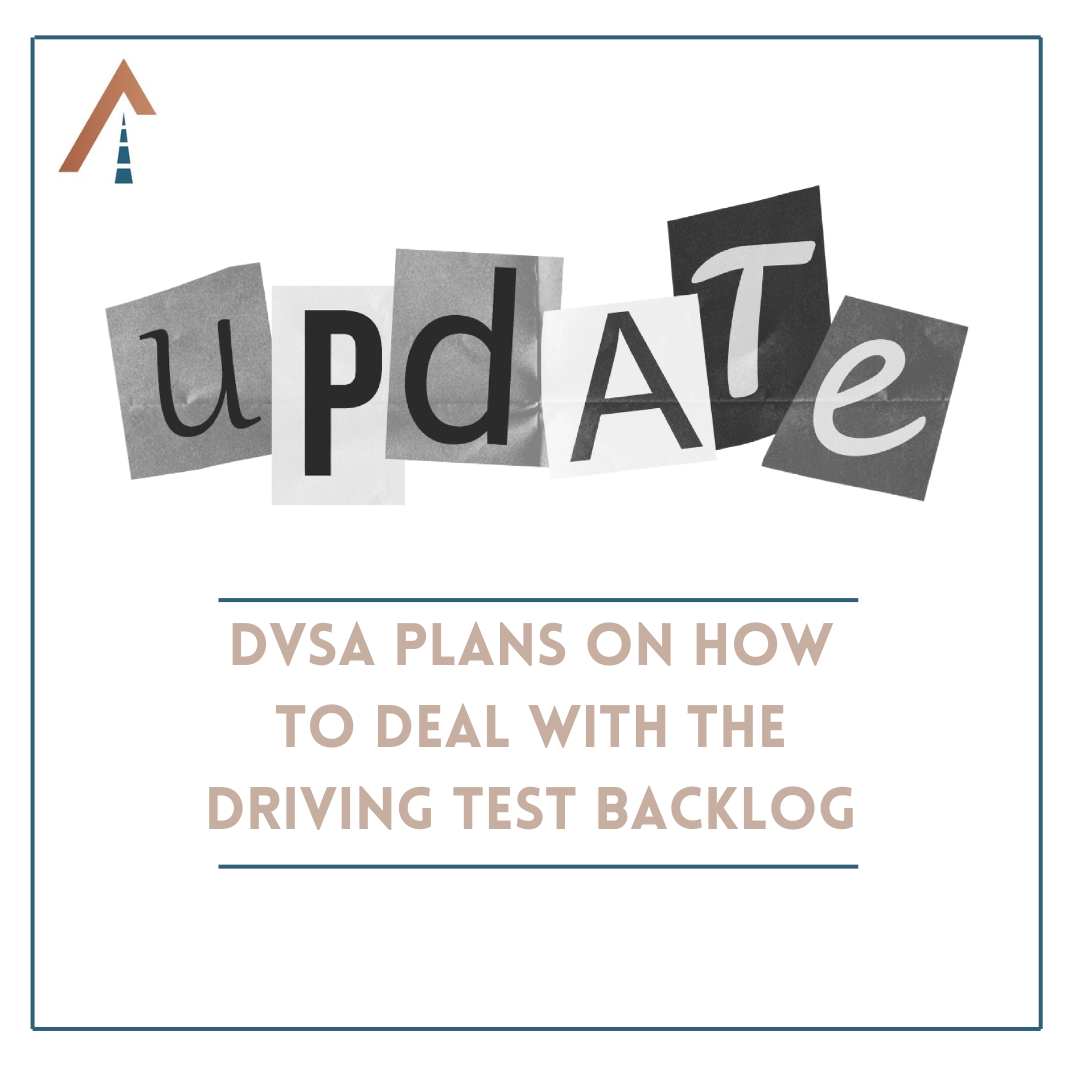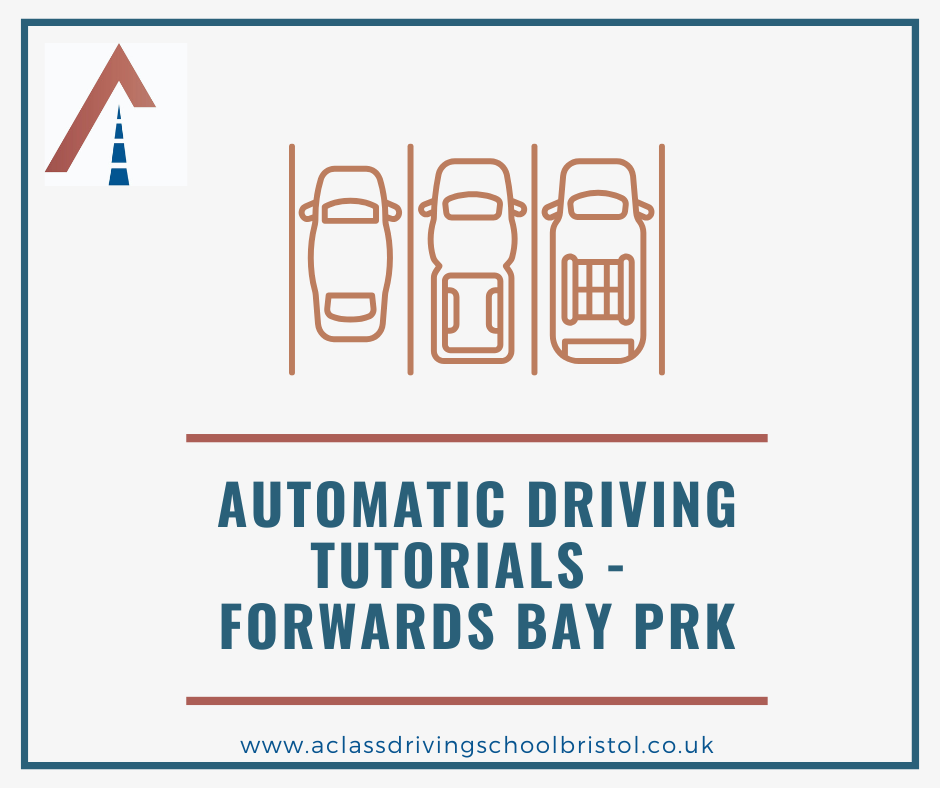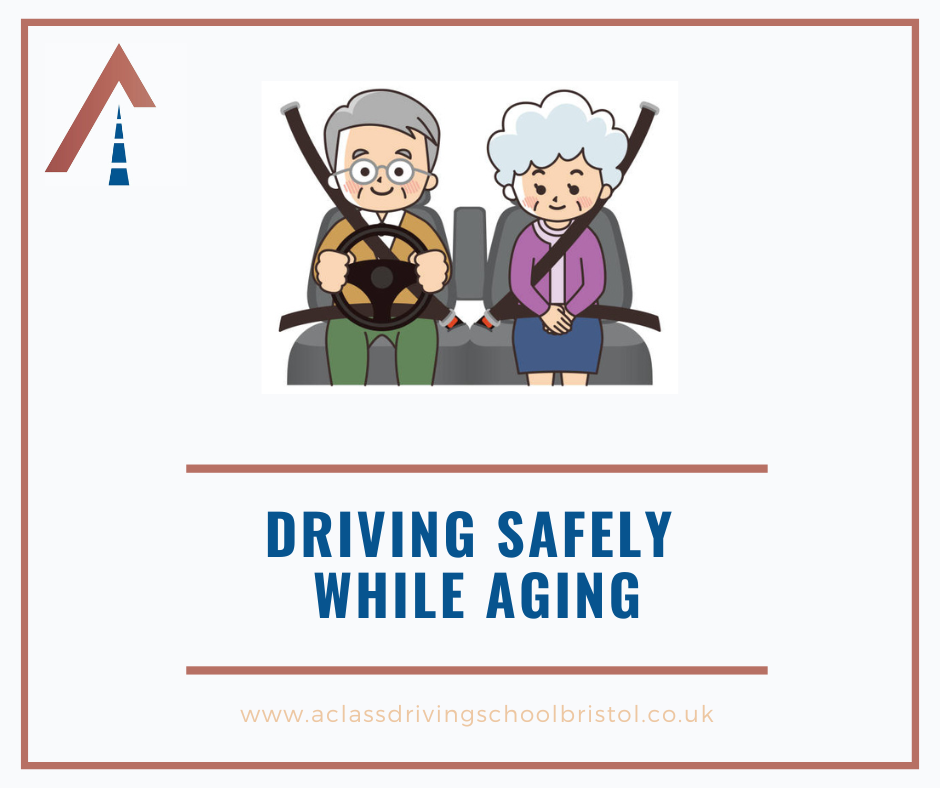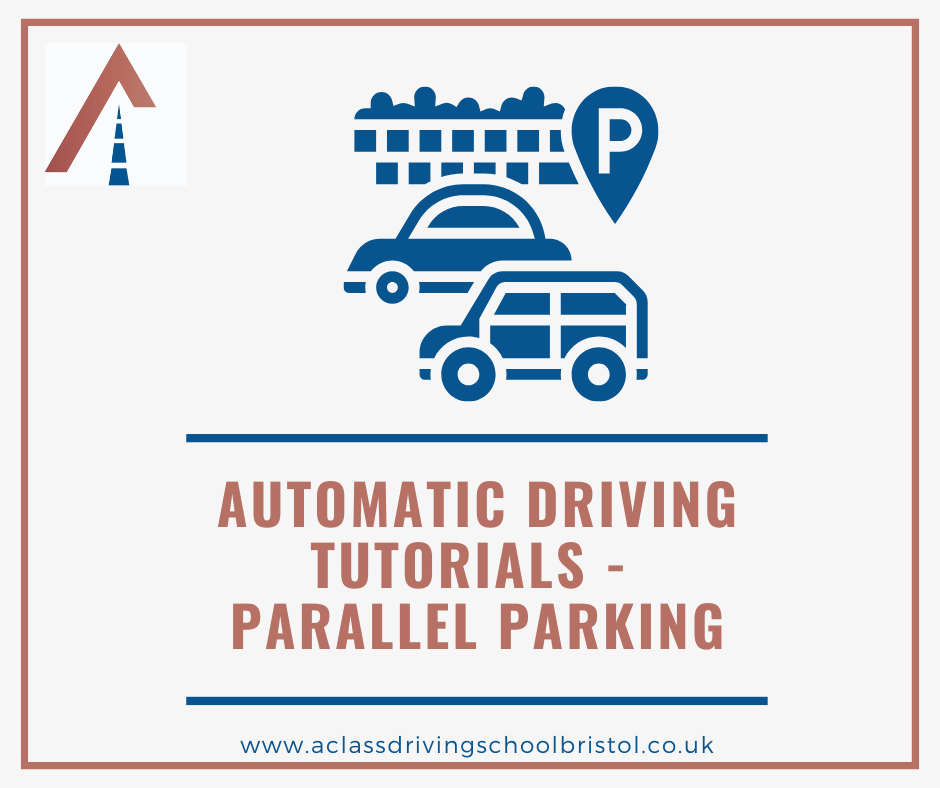New driving test trial
In May 2025 the DVSA started trialing a new driving test
Why a new test?
Back on May 6th, the DVSA rolled out a new trial driving test at 20 centres across the country. My local centre, Avonmouth, being one of them. The new test could radically change how the driving test is conducted in the future. The test was then extended for a further three months to gather further data before making a decision on whether or not to alter it from it's current state.
The idea is is to include more real-world driving experiences and to incorporate more sustained higher speeds. Most newly qualified accidents occur at speed and in rural areas. The new tests would look to try and blend these other, less frequented driving environments into the exam. Such as dual carriageways, A-roads and countryside type areas.
What's on the new test?
So far I've only had one student take the trial exam, and it was essentially a very similar route to one that already exists, however, it was 100% on the Sat Nav. A far more real-life feeling exam. Here's the DVSA's statement on what the changes will be.
- Longer independent driving sections: Some tests will run entirely without examiner prompts, replacing sat-nav instructions with real-time road judgment.
- Emergency stop frequency reduced: From 1 in every 3 tests to approximately 1 in 7, based on feedback and examiner focus on other priorities.
- Fewer required stops: The number of mandatory stops during the test has been cut from four to three, streamlining the experience without compromising quality.
The conclusion on the DVSA's trial test
This new DVSA trial test is supposed to reflect an evolving approach to driver testing — one that favours practical, real-world driving over artificial scenarios. Learners who stay informed, practice widely, and prepare strategically will be best positioned to pass confidently under the new system.
It's safe to say that not all centres can accommodate rural road driving, but these centres will instead see higher speeds for longer to compensate.
Switching to a 100% sat nav guided test sounds like a good idea and would be a break for the learner driver. It would give them far better opportunities to plan for what's happening next. No one drives around being suddenly told to turn left or right with seconds to spare.
The figure of 1 in 3 test containing an emergency stop was eye-brow raising for me. My students over the past 17 years haven't been subjected to anything close to this figure at the test centres I use. Probably because the test is so short and Bristol's roads being so busy.
I've had students stopped ten time previously on tests as the exam has to be 40 minutes long. If there is little traffic and they encounter only green lights, the examiner has to slow it down somehow, and that's achieved with more pulling in. So in my opinion, having this a major change in the test is languid.
